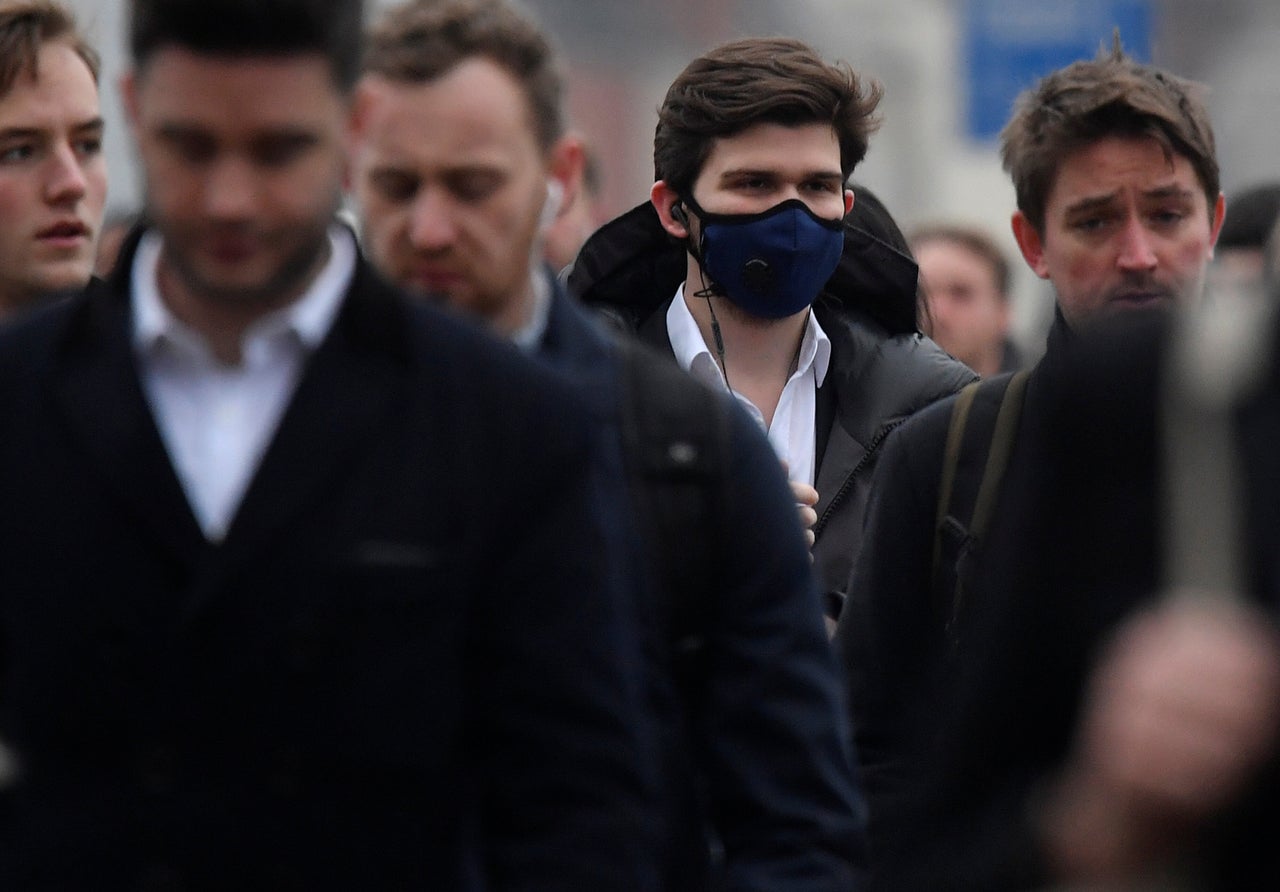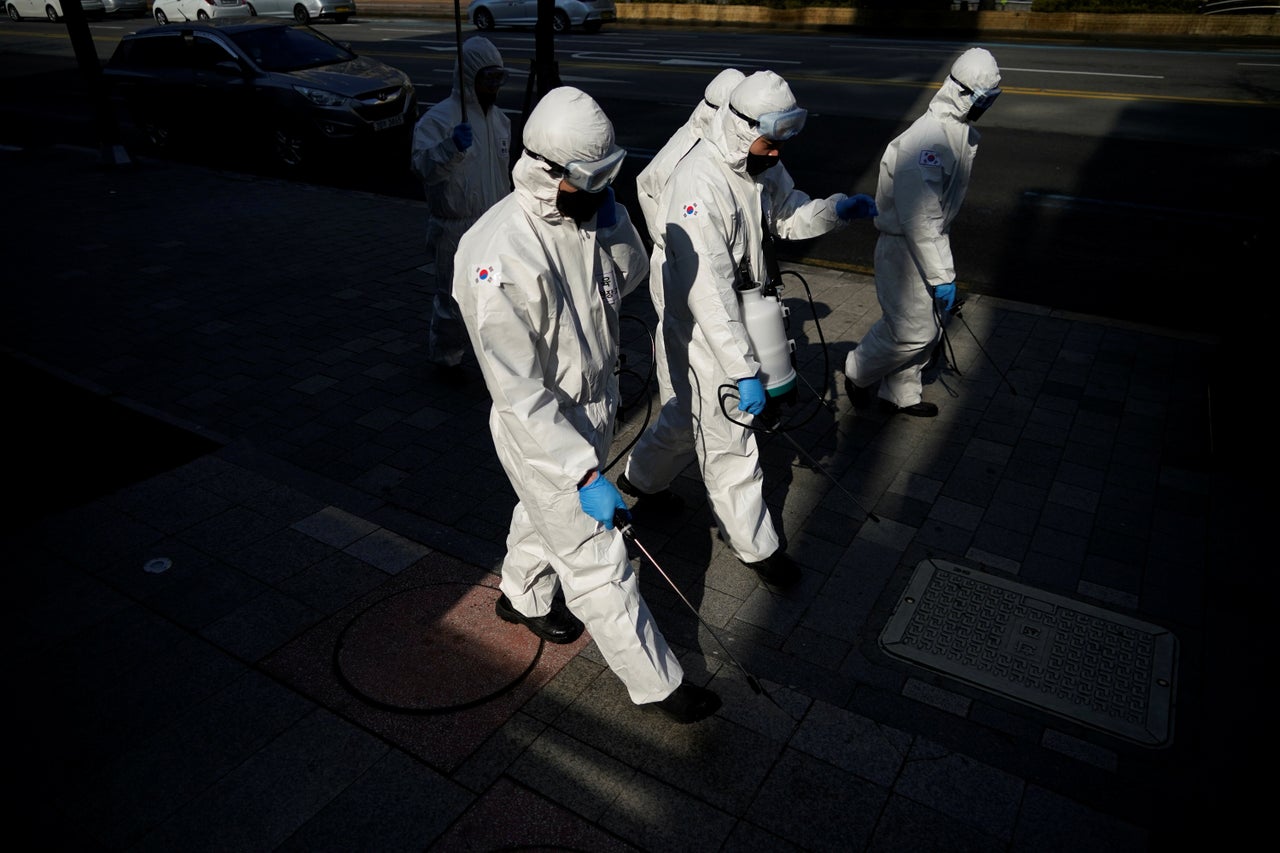Misinformation about coronavirus – from the perpetuation of racist stereotypes about its origin to the effectiveness of face-masks – has been evident online almost since the moment the first story broke.
Theories about bat soup, a global pharmaceutical industry conspiracy, and mass graves have all made an appearance, but as the threat of the little-understood virus slips closer, the targets for disinformation are becoming increasingly domestic.
Manchester Evening News reported on Wednesday that they had been contacted by a number of worried parents who believed they had seen articles about an outbreak at their child’s school.
According to the MEN, at least four fake articles have been created and shared online, leaving parents with serious concerns about the safety of their children.

On the basis of plummeting disinfectant supplies in high street shops and a huge drop in demand for air travel alone, it’s clear that we are becoming increasingly anxious about the outbreak – and misinformation is not helping.
But what motivates someone to actively spread fake news?
Professor Ken Rotenberg, who teaches in the University of Keele’s psychology department and has studied the notion of trust for 40 years, explained that while there were clear theories about why people would spread misinformation as part of a scam or a conspiracy theory, there was less evidence when it came to relatively mundane hoaxes such as a school infection.
“Scammers put false information out there because they want to make money from it, but why people create these fake stories with no obvious advantage we can’t be sure,” Rotenberg explained.

“The first thing I would suggest is that it’s to do with gaining notoriety, getting likes, getting retweets – they get people focusing on whatever they said,” he added.
“We could say that it’s maybe part of the social reward system, that person is conveying information that is needed, information that could control somebody.”
The reason we often flock to articles that confirm our anxieties, Rotenberg said, is down to social evolution – as a species we are constantly looking for impending danger.
Rotenberg refers to one of the most famous experiments in social psychology – known as the face-in-the-crowd experiment – which showed that humans were much more efficient at picking out a frown in a crowd of smiling faces, than a smile amid a group of frowns.
This effect is attributed to this human alertness to danger, and so it’s possible that when we see an article that signals danger, whether the article is trustworthy or not, we pay attention for the sake of our own survival.
“The first thing I would suggest is that it’s to do with gaining notoriety, getting likes, getting retweets”
- Professor Ken Rotenberg, who teaches in the University of Keele
“Almost all news is negative, because that’s what news is in some way – to tell us what we’re in danger of,” Rotenberg added. “That reaction really compounds the situation.”
A fake article about a school closure is one thing, but there are also conspiracy theories around government schemes, biological warfare, and poisonous vaccinations – all of which, in relation to Covid-19, have been shared both on mainstream websites and niche forums.
This phenomenon around serious public health emergencies such as coronavirus is nothing new. Zika, Ebola and Aids were all, and in some circles continue to be, the subject of conspiracy theories.
But the way we use the internet has allowed them to go mainstream, fast.
Dr Daniel Jolley, a chartered psychiatrist and senior psychology lecturer at Northumbria University, specialises in studying conspiracy theories: why people believe them, and their consequences.
“We know that people want to make sense of chaotic events – in essence, put blame on a set of conspirators to try and understand what’s happening,” Jolley explained.
“The virus outbreak can breed uncertainty and a sense of threat, so fake news and conspiracy theories can be seen to be a coping mechanism.”
“The virus outbreak can breed uncertainty and a sense of threat, so fake news and conspiracy theories can be seen to be a coping mechanism”
- Dr Daniel Jolley, Northumbria University
In other words, popular conspiracy theories such as coronavirus being manufactured by the pharmaceutical industry are simply a way of reframing a situation – applying a narrative to something chaotic and unpredictable, and ultimately finding someone to blame.
Those sharing conspiracy theories more often than not believe in them, Jolley explained. They’re believed because they affirm something about that person’s worldview, whether it’s a distrust of the government, medical professionals, or both.
“[Sharing conspiracy theories] also could be something to do with the fact that it’s relevant to their interests,” Jolley said. “So maybe they are distrustful of governments, of those in power, and they value the underdog.
“When they craft this information, it’s potentially not done out of harm in their minds, but trying to affirm their world view. They often feel anger towards the conspirators, and they want to get back at them.
“On the other hand, there’s a suggestion that there’s more intent behind it. Maybe they’re doing it for some other game or self interest, which is hard to theorise about because we haven’t really looked at it like that.”
For those who believe in them or share them, conspiracy theories can impose an apparent order on a situation that seems unmanageable – but they also add another layer to the influx of information that appears when a story like coronavirus goes global.
Disinformation spreads quickly and can have destructive consequences, both for a society’s sense of trust in health professionals and for a population’s physical health. For example, myths perpetuated by “alternative” health communities include a “miracle” cure for coronavirus – which turned out to be drinking a bleach solution that can cause serious liver failure.
“We do know from research elsewhere that those who peddle alternative, natural remedies also indulge in conspiracy theories and simply do not believe in modern science – it’s one way for them to further their agenda,” said Santosh Vijaykumar, a health and risk communication scientist based in Northumbria University’s psychology department.
“When you look at other, seemingly softer, types of misinformation, ascribing motives will require talking to the creators who are tough to identify because encrypted platforms where misinformation spreads quickly don’t allow us that luxury yet.
“As such, it’s a bit tough to ascribe a uniform, higher level motive to creators of misinformation simply because it could really vary from one message to the other. But it must be said that those who intentionally spread misinformation while being aware of its threat to the common people are a serious risk to society especially in times like this.”
“Those who intentionally spread misinformation while being aware of its threat to the common people are a serious risk to society”
- Santosh Vijaykumar, Northumbria University
While it’s hard to work out exactly who is spreading misinformation, it’s evident that distorting facts and creating false information can seriously hamper efforts to deal with an outbreak like Covid-19.
The problem has become so insidious that the World Health Organisation (WHO) have even been forced to compile its own Myth Busters webpage, which deals with some of the false claims made about the virus.
“Misinformation can affect communities in many different ways but I’ll list three that come to mind,” said Vijaykumar.
“One, they can cause confusion in the minds of community members about what personal protection measures to take and which ones to avoid simply because they’ll be hearing different things from different places.
“Two, it could adversely affect the trust that community places in health institutions who might be involved in the response.
“Three, the decline of trust could be especially problematic as it would mean that the possibility of community members conforming to those actions prescribed by health agencies or the government might be lowered.”
Although it has dominated headlines, information from the government about coronavirus remains limited – there’s a daily update about the number of cases and now, their geographic locations – but there’s a palpable sense of urgency to know more: exactly who, when, and where.
It’s important to distinguish between spreaders of misinformation, who are more likely to be sharing content in a hope to shed light on something we don’t understand, and creators, who are pushing harmful myths and falsehoods for reasons even experts can’t be sure of.
